Ulam
Wild Edible Plants
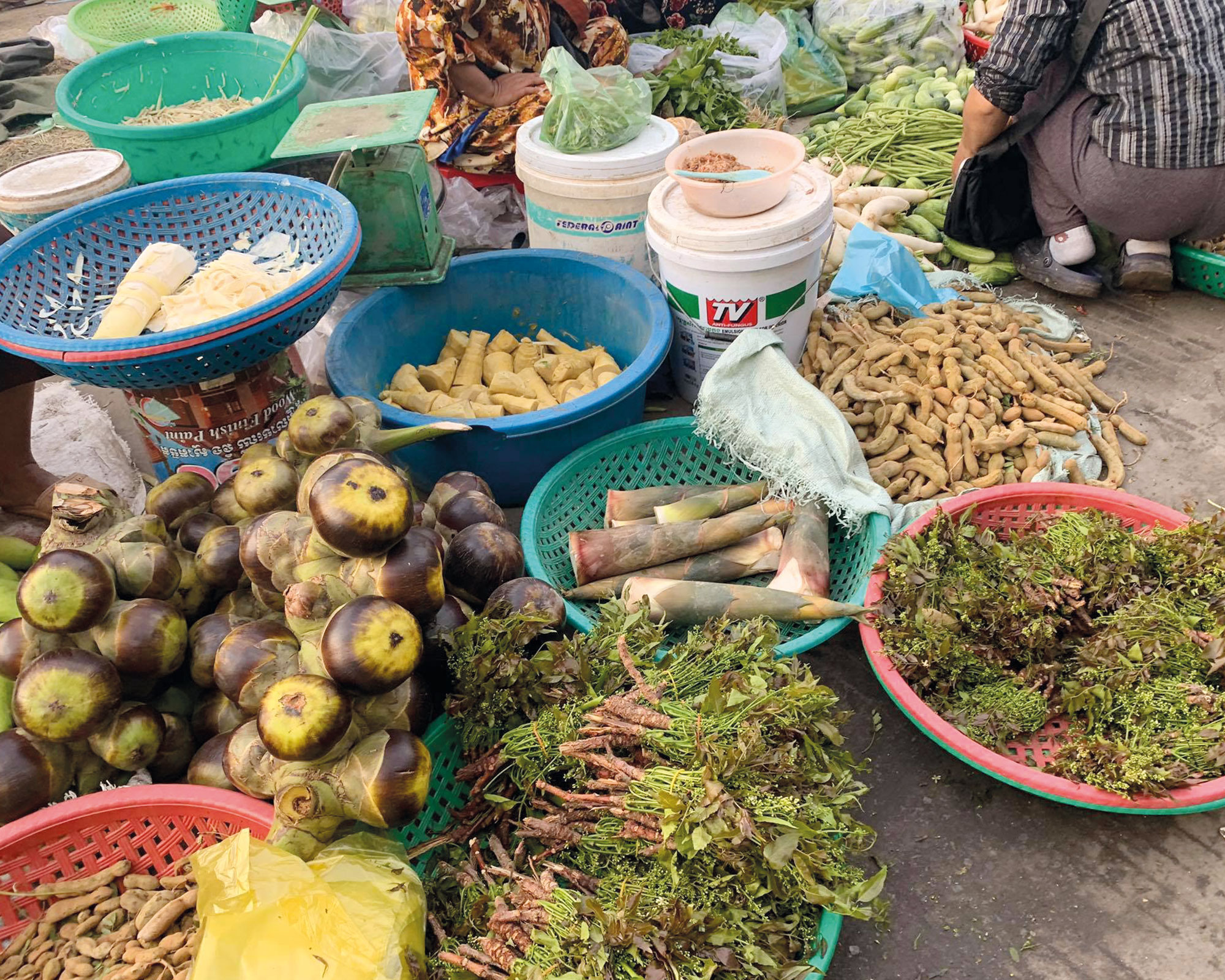
Wild plants are often foraged from the local environment, including farmland fringes, urban greenspaces, and gardens. Some must be sought in isolated and forested areas. With the right value chain, wild plants have a bright future with the rising popularity of foraging worldwide. Pictured here are mostly foraged ingredients in a Cambodian wet market. Sary Seng
In recent decades, Northern countries have enjoyed a wave of rediscovery and reintegration of underutilized and wild edible plants, with movements such as foraging, mushroom picking, and heirloom varieties gaining in popularity. Meanwhile, such activities have persisted as everyday contributors to cuisine in many Southern countries. This moment in time provides an opportunity for modern discourses about food modernity and cuisine to not only sanction, but even encourage cultures of indigenous and wild plants of indigenous, rural, and ethnic minority groups. Foods that might have been branded “famine foods” or “subsistence foods” can now be embraced as nutritious, tasty, and culturally meaningful. Our initiatives here explore ways in which a new generation of eaters can emerge with a modern interest in traditional and wild plants.
Forest pop-up
restaurant
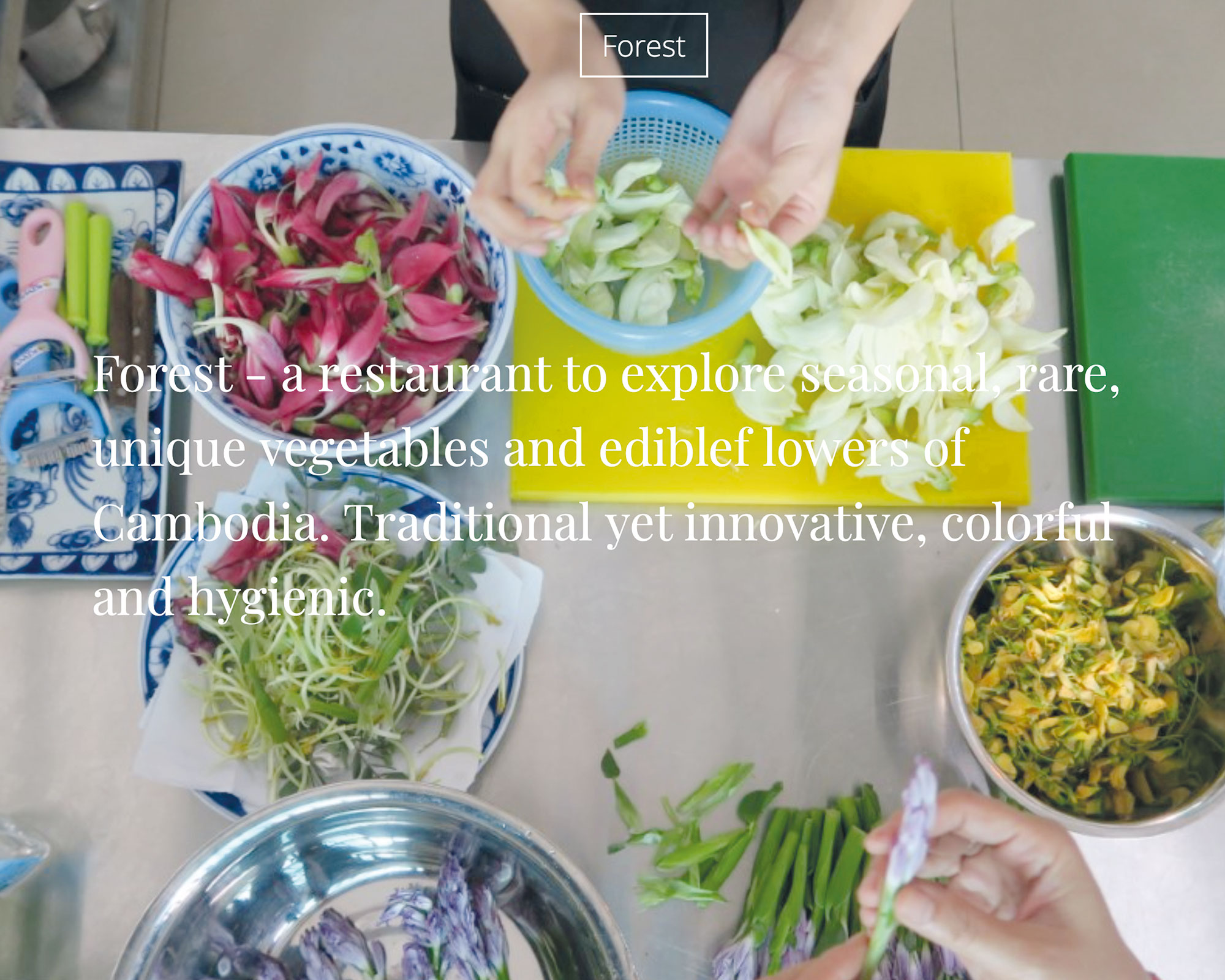
With the right partners, a small restaurant can serve as a unique place for experimentation and research into future food patterns. At Forest, we serve wild plant-based foods and studied how they could keep a modern Cambodian cuisine biodiverse, healthy, and supportive of sustainable foraging practices.
Forest is a pop-up restaurant in Cambodia that seeks to creatively integrate wild edible plants and mushrooms into modern Khmer cuisine, while remaining affordable and accessible for working class people. It is a space for discovery, experimentation, and biodiversity.
Links
Website Forest Restaurant
hartfeuer.net/forestrestaurant/
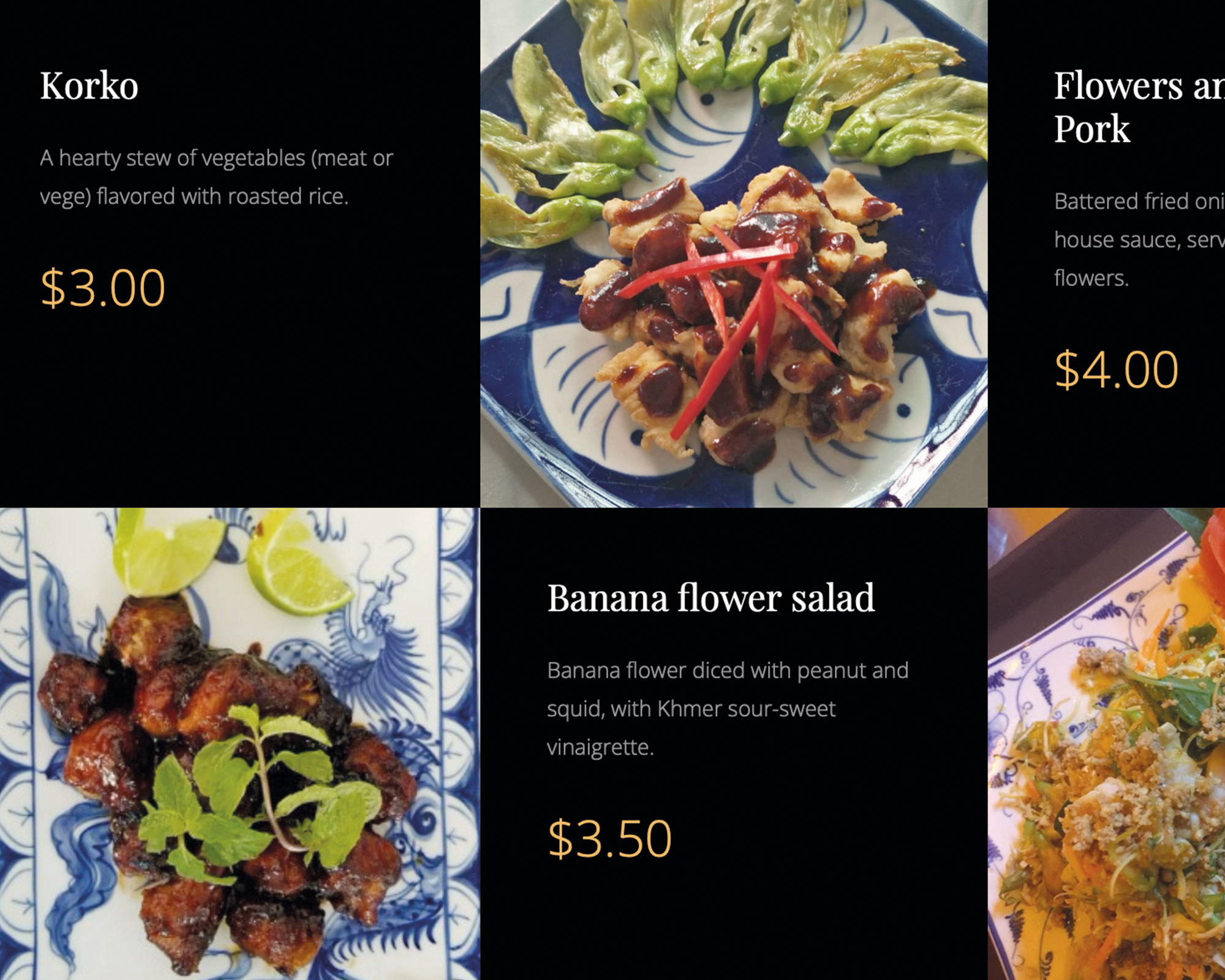
Ulam
School
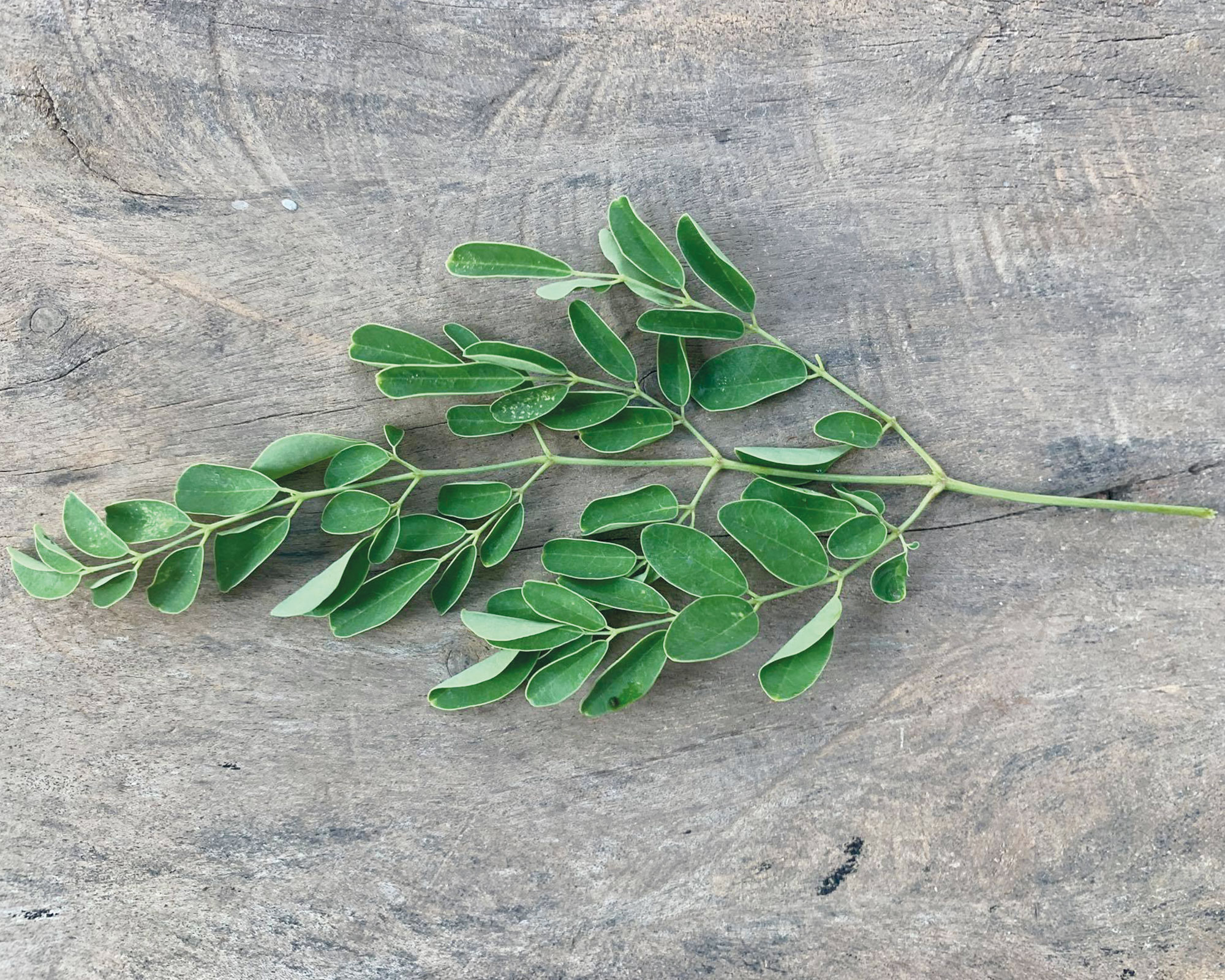
Centered around the idea of deeper knowledge of, and interaction with, wild foods in each person’s own environment, the Ulam School seeks to use food education to proactively encourage new generations’ interest in healthy and culturally important indigenous plants. Pictured here is an aromatic plant in Cambodia used for garnishing and dipping. Sary Seng
The word ulam derives from Malay language and refers generally to complementary fresh or lightly cooked vegetables, and often more specifically to indigenous or wild plants uniquely connected to local cuisine. It is now used to describe the range of culturally important vegetables integrated into cuisines in East Asia, but it can also comprise social movements centered around wild vegetable consumption, such as foraging and consumption of whole plants (stem, flowers, rinds, etc.). The Ulam School project aims at creating public awareness on the benefits of eating wild greens while leveraging on connectivity and digital technologies in order to engage younger generations. It focuses on modernizing the consumption of ulam by integrating them into contemporary, everyday cuisine in Southeast Asia (Vietnam, Malaysia, Cambodia).
Links
Website Ulam School Project
https://ulamschool.com
Ulam School Cookbook
download PDF
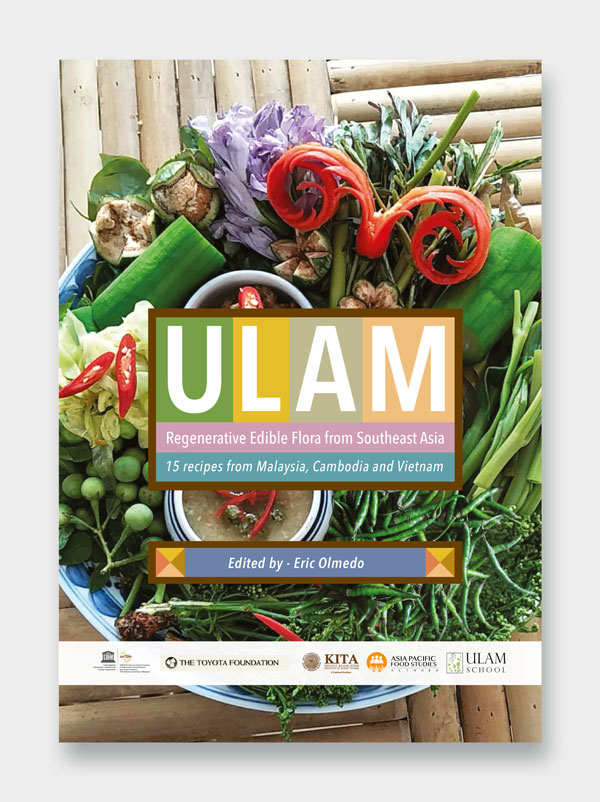
“Wild Gardens”
of Southeast Asia
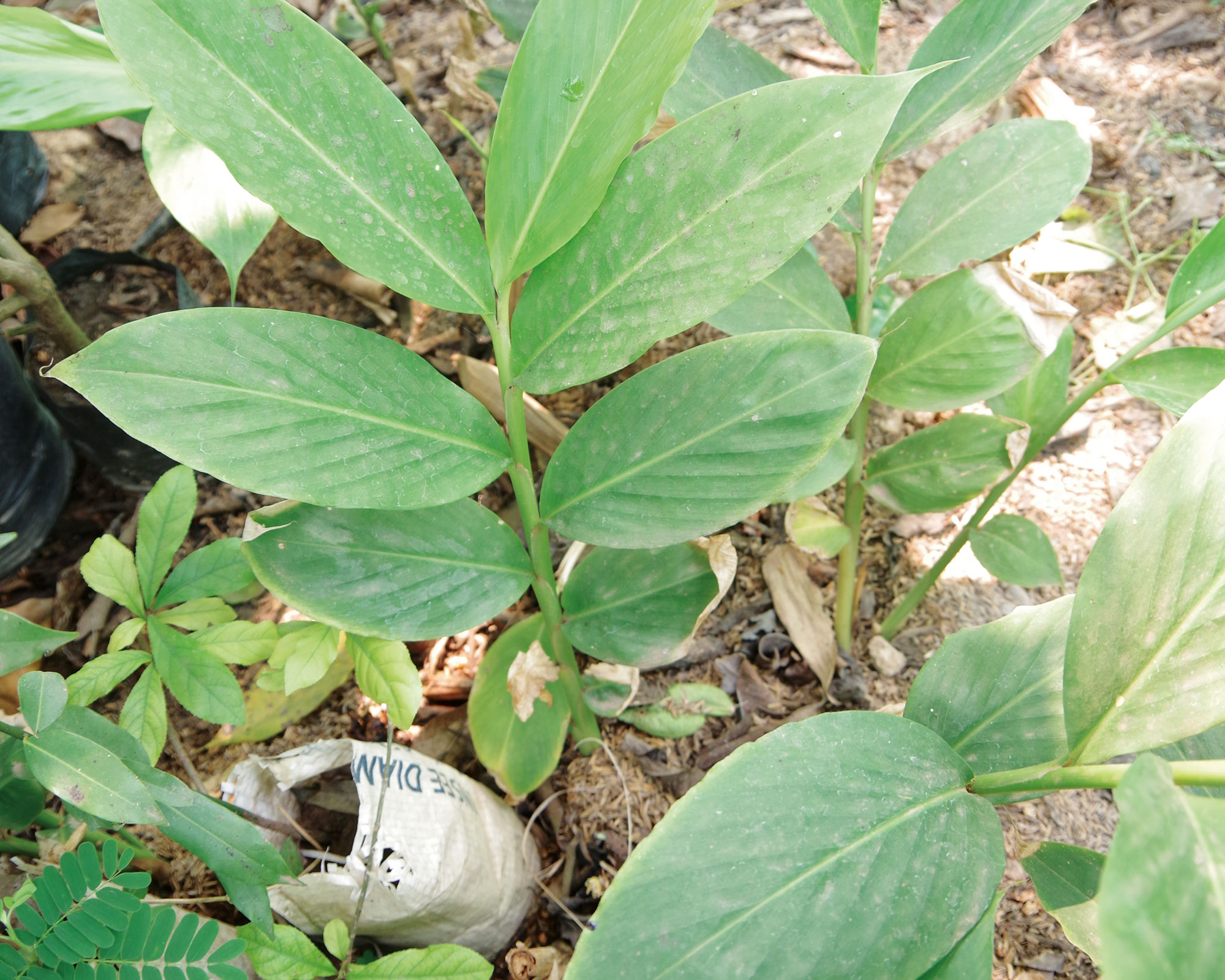
Challenging the notion that gardens are pristine spaces filled with conventional global crops, we are encouraging diverse gardens of indigenous plants that are low-maintenance, fit local cuisine, and provide many medicinal benefits. Pictured here is a Wild Garden that is encouraging growth of indigenous Cardamom from Cambodia’s Cardamom Mountain range. Sary Seng
Many useful medicinal, nutritional, and culinarily useful plants grow in “wild” areas of Southeast Asia. While some might be found in undisturbed forests, many grow readily on farm fringes, paddy dikes, and even urban margins. The extensive documentation by urban foragers in numerous countries has shown how resilient many wild plants can be. This initiative seeks to create the technical and social platform for the creation of “wild gardens” that can help people as diverse as urban families, schools, or isolated peoples to semi-domesticate plants into community gardens that play important roles in history, biodiversity, health, and spirituality.
Wild Edible Plant Literacy of Primary School Children
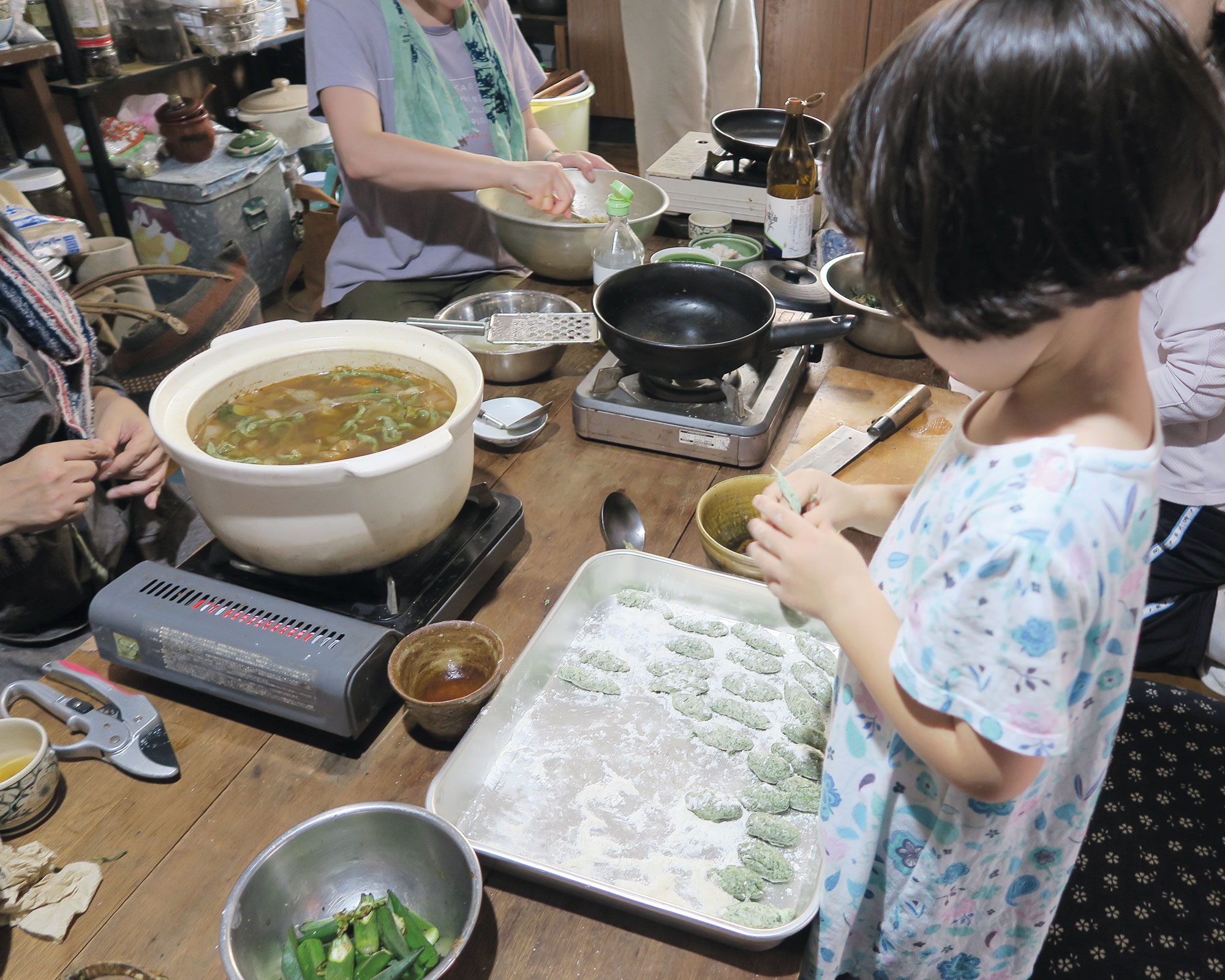
Lower to the ground than adults and curious by nature, children are excellent foragers. In many contexts, however, this behavior is discouraged. We join and create initiatives, such as this one in Kyoto, that foster foraging skills in urban areas and the related food preparation skills. Hart Feuer
When knowledgeable and confident about the botanical and culinary plants in their environment, children are some of the most efficient collectors. They are closer to the ground and also willing to climb tall trees. In many rural areas in Asia, it is not uncommon for children to find snacks on their way home from school, or to pick medicinal plants for elderly family members. Even in deeply urban places in Japan, the city margins and canals are rich with useful plants and fruit. A decline in overall knowledge these plants, and concerns about safety, have led to a deteriorating in their societal use. Through school-based education explicitly focusing on young people’s environments, this initiative aims to use children and their inherent curiosity to help inspire and educate their parents and neighborhood members about the rich food and botanical resources of their environments.
Division of Natural Resource Economics,
Graduate School of Agriculture, Kyoto University, © Hart N. Feuer
Get in touch
info@heritagefoodliteracy.com